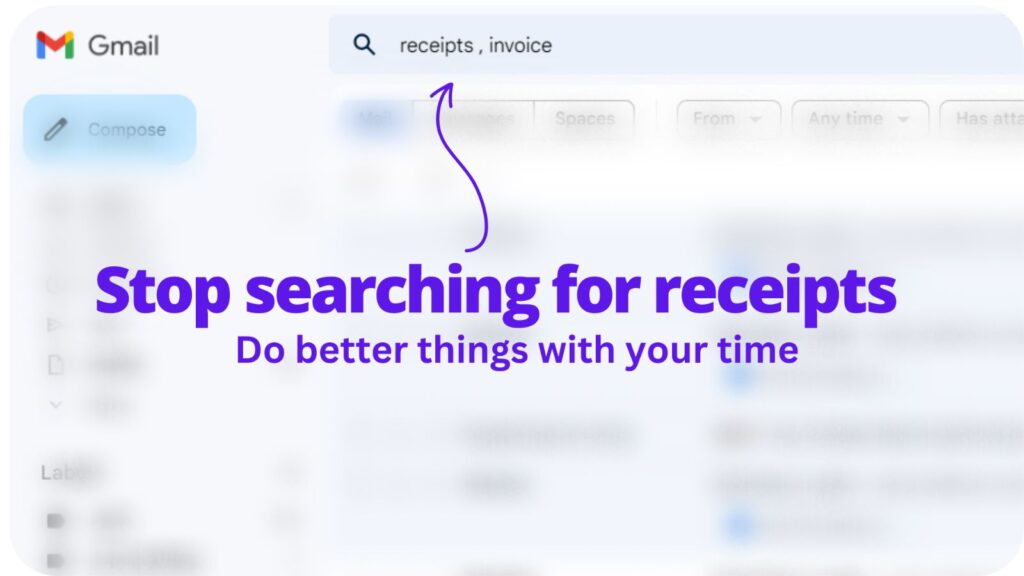Credit card statements are detailed reports provided by credit card issuers that summarize your credit card activity over a specific billing period. They are essential for understanding your spending habits, payment due dates, and potential interest charges.
Here, we’ll delve deeper into the components and importance of credit card statements.
Understanding Credit Card Statements: An Overview
Definition and Basic Role
A credit card statement is like a monthly report from your credit card company. It shows all your card activities. For instance, what you bought, any fees, and the interest you owe. The statement tells you how much you need to pay and by when. This date is called the payment due date.
Every month, your credit card company sends you this report. It shows your credit card debt, total balance, new charges, and the minimum payment. If you only make the minimum payment, you might owe more later. It’s better to pay more than the minimum.
These statements help you know how much money you have left to spend. This is called available credit. If you spend more than this, you could get a fee.
History and Evolution
Long ago, credit card statements came only on paper. Now, many people see their credit card statements online. But, whether it’s on paper or online, the information is similar.
In the past, they were simple. They showed basic things, like how much you spent. Today, they have more details. They tell about cash advances, balance transfers, and fees like late fees. They also show rewards if your card offers them.
Credit card statements changed over time. New rules made these statements clearer. Now, even young kids can understand their credit card bill. They use easy words and show only the most important details.
Key Components of Credit Card Statements
Personal and Account Details
At the start of your credit card statement, you’ll find your name and a part of your credit card account number. This section is like the cover of a book, telling you who it’s for.
Additionally, there’s a start and end date, showing which days the statement covers. This is called the billing cycle. The due date is also here. That’s the day you should at least pay the minimum amount to avoid extra fees.
Statement Period
The statement period is like a diary of your card for a specific time, usually a month. It starts with how much you owed and ends with your new balance after all activities. Activities mean all the shopping and payments you did. It can also include rewards points if your card has a rewards program.
Transaction Summary
This part lists everything you did with your card. Buying a toy? It’s here. Took out cash? That’s listed too, and it’s called a cash advance. But remember, getting cash might have fees. If you moved money from one card to another, it’s known as a balance transfer.
This section also shows any interest you might owe. If you see something wrong or something you didn’t buy, that’s an unauthorized charge. Always check this part carefully to catch mistakes early.
Reading and Analyzing Credit Card Statements

Spotting Potential Errors
Every month, you get a paper or online list called a credit card statement. Think of it as a report card, but for your money. Firstly, always read this list. Look for mistakes. For example, if you see something you didn’t buy, that’s an error. It’s essential to spot these quickly.
Why? Well, if there’s a charge you didn’t make, someone might be using your card. That’s not good. So, compare your statement with the notes you’ve kept or the receipts from your purchases.
For businesses, understanding the duration for retaining business credit card receipts is crucial. If things don’t match up, tell your credit card company. They’re there to help you.
Identifying Interest Rates and Fees
Now, let’s talk about the extra costs. If you borrowed a toy from a friend, and gave them an extra toy to say thanks, that’s like “interest.” On your credit card, the interest rate tells you how much extra you owe if you don’t pay the full amount. It’s important to know this number.
Where can you find it? Look for words like “interest rate” on your statement. There might also be fees. For instance, taking out cash using your card? That could cost you a cash advance fee. Transferring money from one card to another? Watch out for balance transfer fees.
Lastly, keep an eye on the due date. It’s the day you need to pay at least a small amount, called the minimum payment. Miss it, and you could get a late fee.
And that minimum payment warning? It tells you how long it’ll take to clear your credit card debt if you pay just the smallest amount. So, always read your statement. It helps you know your money better.
How Credit Card Statements Affect Your Credit Score
The Role of On-time Payments
Imagine borrowing a book from a library. Returning it late means a fine. Credit cards work similarly. They have a due date, which you’ll find on your credit card statement. If you’re late, it’s bad news. Not only do you get hit with late payment fees, but your credit score drops.
So, it’s essential to pay at least the minimum payment shown on your statement. But paying the full amount is even better. It helps you avoid interest charges. Paying on time gives you a good mark on your credit score, just like doing your homework gets you good grades in school.
Impact of Credit Utilization
Think of your credit limit as a cookie jar. The credit limit is the most you can spend without getting into trouble. If you use too much, it’s not great for your credit score. Credit card companies, the ones who give you the card, watch this closely.
Your monthly statement shows your balance. For example, if your credit limit is $1000 and you spend $500, you’ve used 50% of your available credit. It’s good to use only 30% or less. So, with a $1000 limit, try spending less than $300. It helps keep your credit score high.
Lastly, watch out for fees. Actions like taking out cash or shifting money between cards can have fees. Your statement shows these as cash advance fees or balance transfers. Always check your statement to avoid surprises.
Electronic vs. Paper Credit Card Statements

Pros and Cons of Each Format
Electronic Credit Card Statements:
Pros:
1. Fast and instant: As soon as your billing cycle ends, you get an email. It’s quick.
2. Safe: No risk of someone stealing it from your mailbox. Plus, it’s password-protected online.
3. Easy to search: Need to find a specific transaction? Just type and search.
4. Environment-friendly: No trees are cut down for these statements.
Cons:
1. Internet needed: If there’s no Wi-Fi or data, you can’t check it.
2. Email clutter: Sometimes, these emails get lost among others or go to spam.
3. Forgetting passwords: You need to remember your online credit card account password. Forget it, and there’s a problem.
Paper Credit Card Statements:
Pros:
1. Physical touch: Some people love holding their statement, reading it like a letter.
2. No tech issues: No need for the internet or a device. Just open the envelope.
3. Clear reminders: Seeing it on your table can remind you to pay your credit card bill.
Cons:
1. Not eco-friendly: Trees get cut down for these.
2. Can get lost: It might get lost in the mail, or someone might take it.
3. Storage issues: They can pile up, and you’ll need space to keep them.
Both types of statements show the same things. They list all the transactions, interest rate, cash advances, and even if there were late fees. They also show your minimum payment, credit card balance, and any foreign transaction fees.
Additionally, it’s essential to check either statement regularly. Whether paper or electronic, always read your credit card statement. Look for unauthorized charges.
See if the credit card issuer charged any annual fees or other common credit card fees. After all, knowing your statement helps you manage your money better.
Tips for Keeping Track of Your Credit Card Statements
Setting up Alerts and Reminders
What’s an alert?
An alert is like a friend tapping you on the shoulder. It says, “Hey, something happened with your credit card.”
Why are alerts good?
Firstly, they tell you if you’ve spent a lot. Also, they can warn you about late payment fees. Imagine, if you forget to make the minimum payment, you might get an alert. That reminder can save you money.
How to set them up?
Your bank or credit card issuer can help. Log into your bank account online. Look for “alerts” or “notifications.” Follow the steps. Then, your phone or email will tell you about your credit card activity.
What kind of alerts are there?
For instance, there’s a “minimum payment warning.” It reminds you to pay at least the minimum amount. There are also alerts for big purchases or if your credit card balance is high.
Using Financial Management Tools
What are these tools?
Think of them as your money’s helper. They help you see all your account activity. Also, they show you things like interest charges and cash advances.
Why should you use them?
They give you a full picture of your money. For example, you can see your statement balance. You can also see if there were any cash advance fees. Above all, it helps you know where your money goes.
How to start using them?
Firstly, ask your financial institution. Many banks offer these tools for free. Secondly, there are apps you can download on your phone. These apps connect to your bank account. After that, they show you your monthly statement and more.
FAQs About Credit Card Statements
What is a credit card statement exactly?
A credit card statement is a monthly report given by credit card companies. It breaks down your spending, payments, fees, and interest over a past billing cycle.
Why is the minimum payment warning on my credit card statement?
The minimum payment warning shows how long it would take to pay off your current balance if you only made the minimum payments. It’s a heads-up from credit card issuers to encourage you to pay more and reduce interest charges.
What are balance transfers I see on my statement?
Balance transfers are when you move a debt from one credit card to another. It’s a way some people manage interest rates and consolidate debts. But remember, sometimes there’s a fee involved.
How do I check interest charge calculations on my statement?
Your statement will show an interest charge calculation. This tells you how much interest you’re being charged based on your outstanding balance and your card’s interest rate. Always check this to understand how much interest you’re actually paying.
Conclusion: The Importance of Understanding Your Credit Card Statement
Credit card statements offer a clear picture of our monthly spending, alerting us to any unusual activity and helping us manage our finances better. Over time, credit card companies have made these statements clearer and more user-friendly, making it easier for even youngsters to understand their credit card bills.
Whether you receive your statement online or in the mail, it’s vital to go through every detail. It informs you of the interest you owe, your recent purchases, and the minimum payment required.
By spotting errors early or understanding interest rates and fees, you can save yourself both money and potential future troubles.
Remember, always read your credit card statement, and if something looks off, reach out to your credit issuer. Above all, these statements are a valuable tool for ensuring you stay on top of your finances and maintain a healthy credit score.

Collect receipts from your email automatically!
Try WellyBox - your AI assistant for receipts


